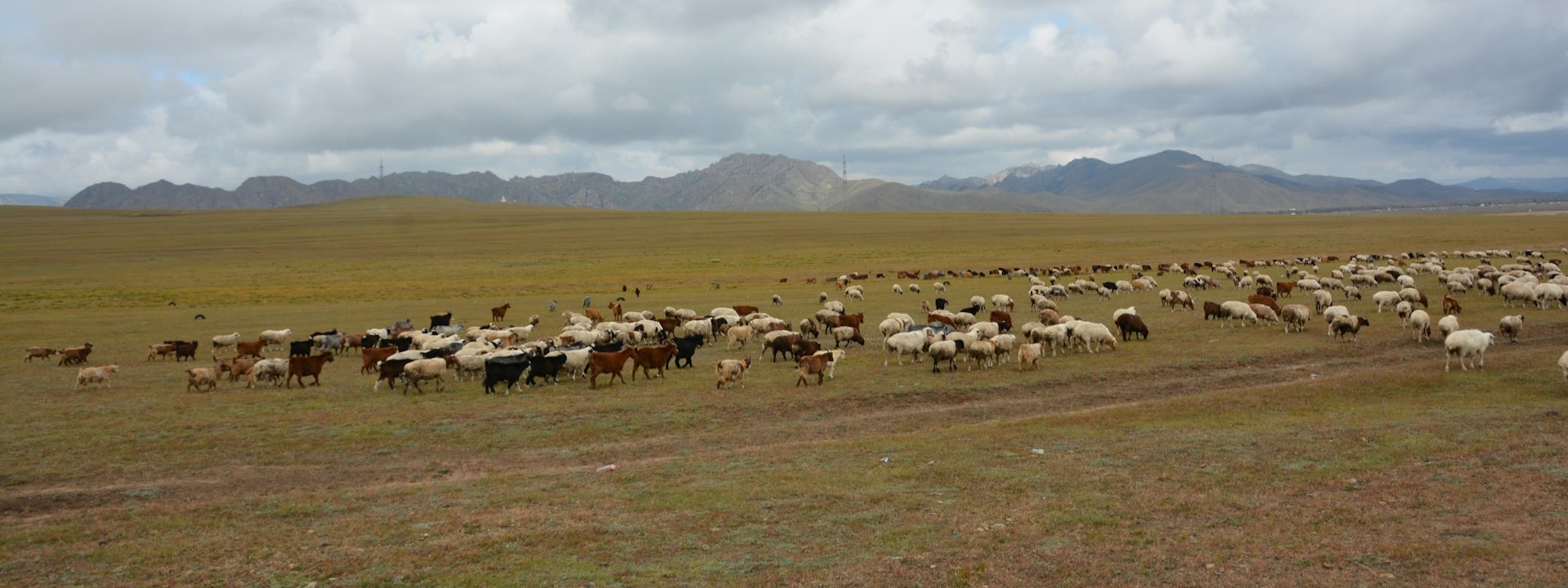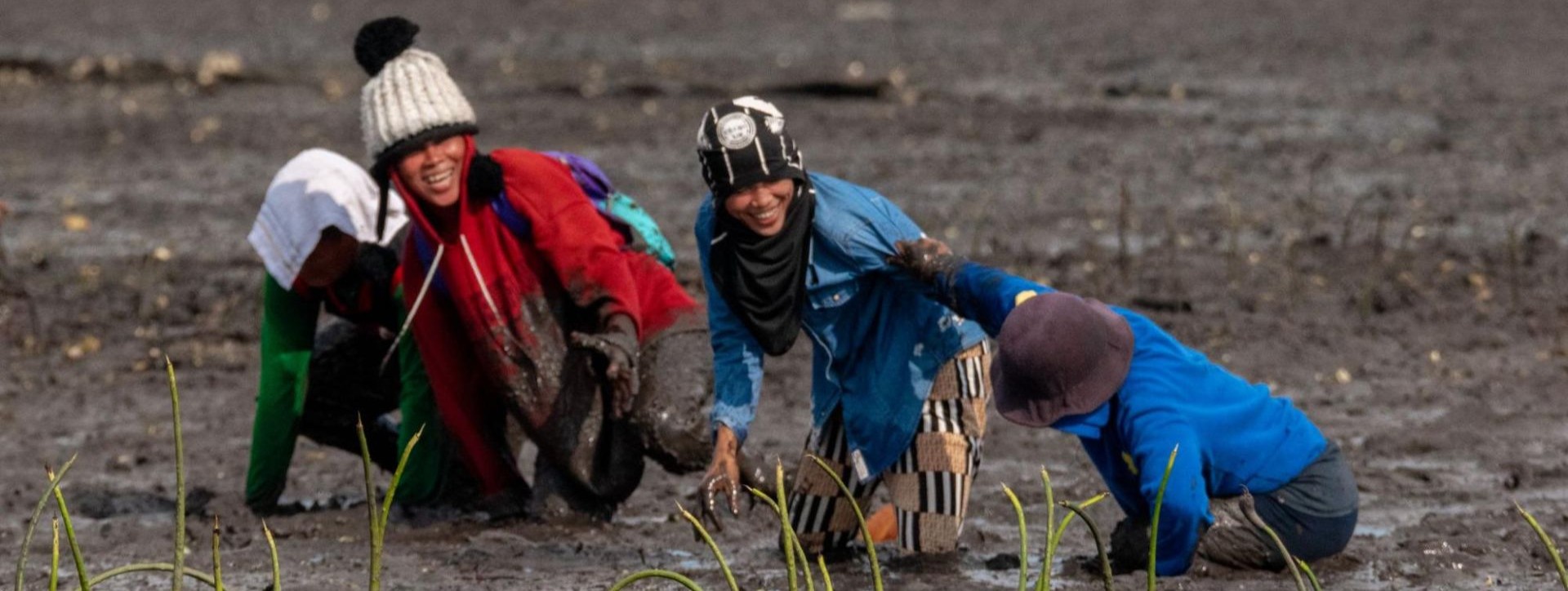
If you want to restore an ecosystem, begin with the people.
This is the guiding principle for GLFx Nairobi. Founded in the Kenyan capital, Nairobi, in 2020, we are a knowledge hub and a community of individuals passionate about restoring Kenya’s landscapes.
We have realized that knowledge sharing to foster behavior change must always precede environmental intervention. This has defined our approach to our latest project in the Oloolua Forest.
Dubbed the lungs of Nairobi, the Oloolua Forest is an urban forest ecosystem that covers over 618 hectares across the outskirts of Nairobi.
The forest is a crucial biodiversity hotspot and wildlife refuge in the highly urbanized environment of the Nairobi Metropolitan Area. Gazetted in 1932 as two blocks of over 600 hectares, the forest has since been fragmented into eight blocks to give way to infrastructure projects including roads and the Kenya Standard Gauge Railway.

The forest faces the continued challenges of encroachment and land-grabbing for the development of high-value private homes. The Kenya Forest Service, which manages the forest, works alongside community forest associations and nonprofits such as Friends of Oloolua Forest to conserve and protect the forest.
With support from the Global Landscapes Forum’s GLFx network, GLFx Nairobi is currently carrying out a project aimed at restoring the Oloolua Forest with a specific focus on promoting community-based partnerships for ecosystem restoration.
Environmental intervention programs often lean towards isolationism in conservation. This is the urge to fence off a threatened ecosystem and keep it free of human encroachment, in hopes that the system will recover.
While this approach has its place, particularly in critically endangered ecosystems, it falls flat in an urban landscape.
In 2023, for example, at the height of a severe five-month drought, Maasai pastoralists drove over 10,000 herds of cattle into the Oloolua Forest in search of pasture.
While this in itself isn’t strange, as Nairobi is part of the ancestral home of the Maasai community, the cattle ended up destroying over 20,000 trees that had been planted through forest rehabilitation efforts.
The question then becomes: how do we marry the needs of the community and restoration efforts?
Through the Restore Oloolua Forest project, GLFx Nairobi envisions the restoration of the Oloolua Forest through multi-stakeholder collaboration and using the forest in multiple ways such as promoting ecotourism, collecting firewood for community benefit and reliably sourcing water for local provisions.
Although deforestation is among the greatest sources of carbon emissions globally, cities such as Nairobi have not yet systematically incorporated integrated urban forest management and community support into their climate change agendas and policies. This project aims to flesh out what collaboration in conservation through engagement with all sectors would look like.
We are driving this vision through a series of activities that address three central ideas: creating awareness to ignite community interest, capacity development to better channel existing interest, and promoting multi-stakeholder collaboration to magnify the impact of community efforts.
We are mainly raising awareness in schools and religious institutions. GLFx Nairobi is actively training students in primary and secondary schools in tree selection, planting and maintenance as well as tree nursery development.
These students can then become ambassadors who take home and spread the information they acquire in school. We are currently working with five schools bordering the Oloolua Forest, where we have held training sessions on tree selection and planted over 500 trees.

“The only way the community can remain consistently engaged in the forest’s restoration is if they can derive value from it,” says Christopher Mureithi, chairperson of the Ecotourism User Group at Oloolua.
We are aiming to develop and protect non-intrusive value chains in the forest ecosystem to benefit the local communities. This will be achieved through training workshops on forest and landscape restoration and value chain development for ecotourism, beekeeping and tree nursery forest groups.
We also train people in social media and digital marketing to introduce these systems to new markets, as well as proposal writing and pitching to attract potential grants and investments into these activities.
These workshops are designed to not only equip local residents and community representatives with production skills but also open up new markets and expand opportunities for financing. The workshops are targeting 300 members of the forest user groups with a series of training sessions over four months.

After completing the awareness creation and capacity development workshops, our last activity will be getting everyone to sing the same tune.
Admittedly, this will likely be the most challenging part of the project. Different stakeholders have different interests and expectations of the forest and a delicate balancing act has to be achieved to adequately and sustainably meet all these competing needs.
The work thus far hasn’t been without its challenges. It remains difficult to accurately determine the economic value of involving local communities in managing forest resources.
This in turn makes it challenging to quantify the effort and input value of the various income-generating activities – and thus how much benefit to the community is sustainable.
From pastoralist herders and wood fuel collectors to beekeepers and camp managers promoting ecotourism, we will need a streamlined value determination method to sustain long-term collaboration.
Moreover, the Kenya Forest Service and Ngong Hills Metro Community Forest Association remain critically underfunded and under-resourced, which limits their ability to effectively carry out their mandates. Cases of illegal logging and unauthorized fencing off of sections of the forest have at times gone unnoticed for extensive periods.
Nonprofit entities such as Friends of Oloolua Forest have proven instrumental in plugging some of these holes, especially in pursuing litigation to stop fragmentation and development within the forest reserve.
To address these challenges, GLFx Nairobi seeks to have the Participatory Forest Management Plan (2023–2027) formally recognized by Nairobi and Kajiado counties. The plan identifies management programs based on the forest resources available and how they will be managed by both the Kenya Forest Service and the Community Forest Associations to enhance conservation and promote community livelihoods.
This participatory management plan will provide an acceptable framework upon which all conservation and related activities will be implemented to ensure that forests in the region are sustainably conserved and managed for the benefit of present and future generations.
In their song “Glory” from the soundtrack to the movie Selma, American musicians Common and John Legend call for the combined action of the “wisdom of the elders and young people’s energy.”
Restoring the Oloolua Forest, like most other significant undertakings in landscape restoration, cannot be done in silos. It is only by creating awareness in both younger and older generations about the value of landscape restoration that we will be able to preserve these ecosystems for generations to come.








Share your thoughts with us